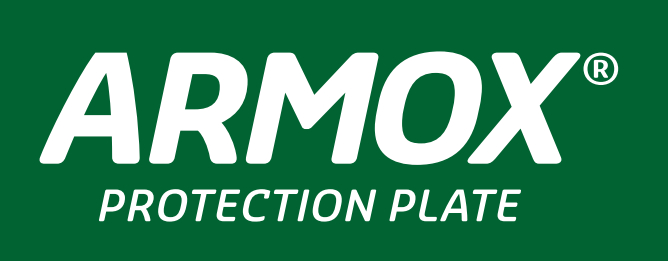
According to GlobalData figures for 2021 – the year for which statistics are most recently available – almost $400 billion in revenue was generated by the world’s ten biggest steel producing companies. Average yearly revenue growth was up by almost a third; steel remains the mother of all building materials, a low cost route to providing unparalleled protection and stability in any design brief.
But booming demand is only one part of the story. The industry is under unprecedented scrutiny. According to European Union figures, steel manufacturers are responsible for 5% of all carbon dioxide emissions across the bloc, and 7% globally. Whatever their size and importance to global supply chains, the global drive towards reaching net-zero is on – and steelmakers will not be able to escape regulatory scrutiny.
Increasingly, steel needs to show it is sustainable as well as stable. Add in the aesthetic component of modern design briefs and architects face a conundrum: meeting requisite appearance, protection and green standards, all at an affordable price, is something very few materials can do. Only by working with discerning steel suppliers can they stay abreast of evolving industry trends.
Sightly, safe and sustainable
For centuries, steel has been the backbone of the defence and security industry – its resilience and strength pivotal in safeguarding lives. Increasingly, financial and governmental buildings – as well as civilian and security vehicles – are being retrofitted with military-grade armoured steel for enhanced protection.
In the realm of ballistic protection, a hierarchy of hardness classifications exists, with high hardness armour steel (HHA) boasting 500 HBW – Hardness Brinell Wolfram carbide, an industry standard measure of hardness – the most common. HHA is characterised by bendability and weldability, while thickness of 6.5 mm can thwart a NATO-standard 5.56 mm calibre bullet. Ongoing innovations in steel manufacturing have led to the development of very high hardness armour steel (VHH) at around 550 HBW, and ultra-high hardness armour steel (UHH) and extreme high hardness armour steel (XHH) at 600 HBW and 650 HBW, respectively.
Ballistic protection and aesthetic appeal rarely go hand-in-hand; in a military brief, function will always trump form. Where SSAB stands out from the steel manufacturing crowd is its responsiveness to all steel needs. Civilian architects must balance the need to create buildings that are impervious to external threats with their duty to ensure materials used are sustainable and fit in with their surroundings. The company’s Armox® and Ramor® steel plates deal with the former, while Greencoat takes care of the latter. Incorporating the best of both into a single blueprint can help designers ride the wave of modern design trends.
In an ever-changing world, the steel retains an unwavering role in defence and security. Now innovations from industry leaders means sustainability and aesthetics can be brought into the equation too. Designers who want to learn more can do so by partnering with an expert – and SSAB is on hand to help. Download the whitepaper on this page for more insights.


